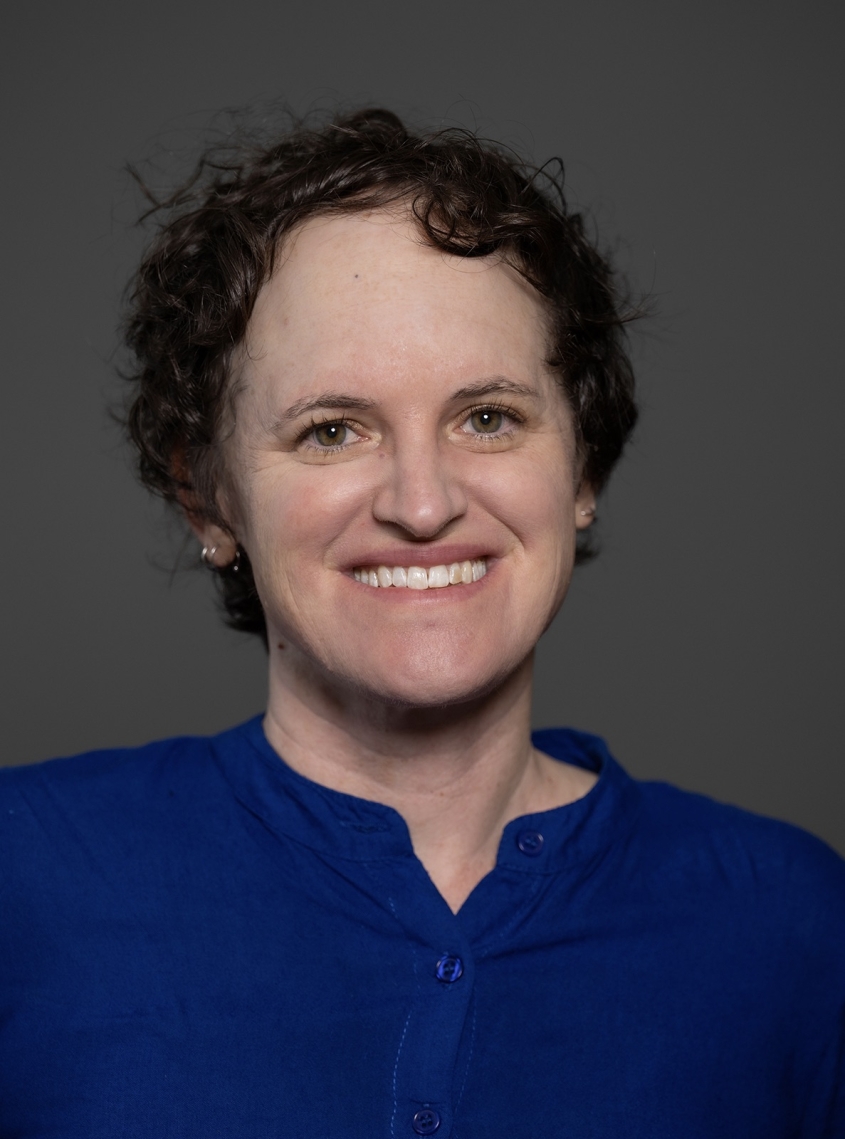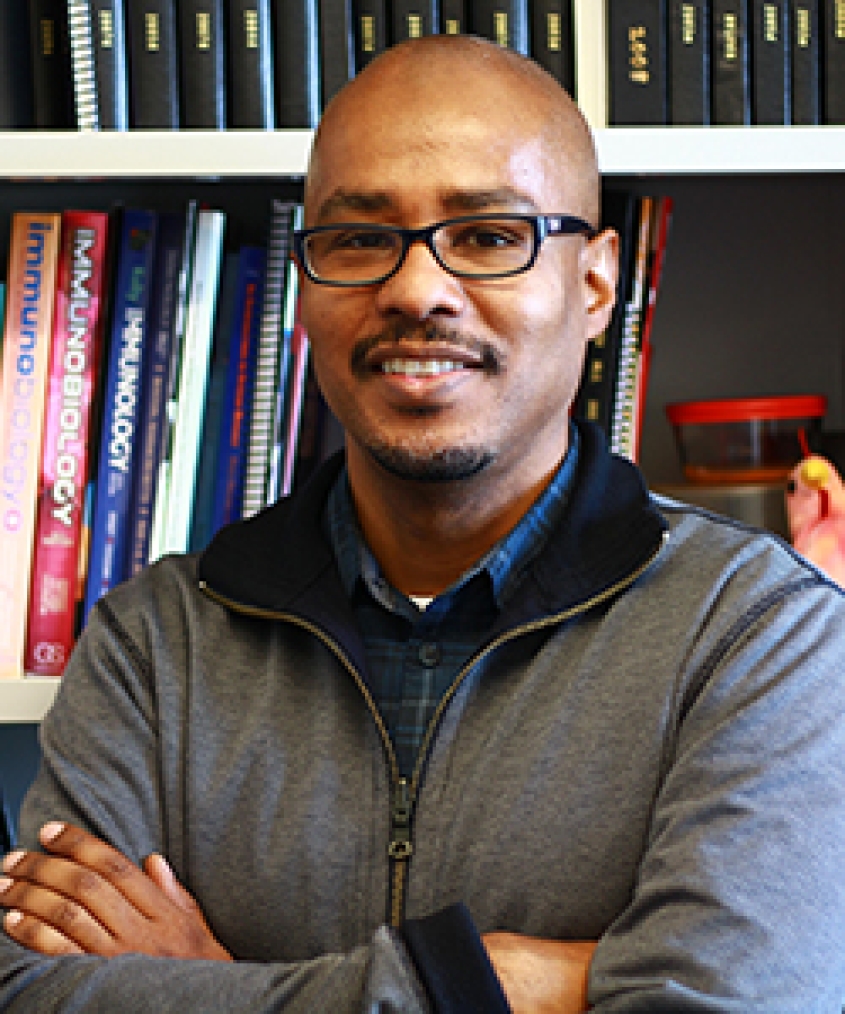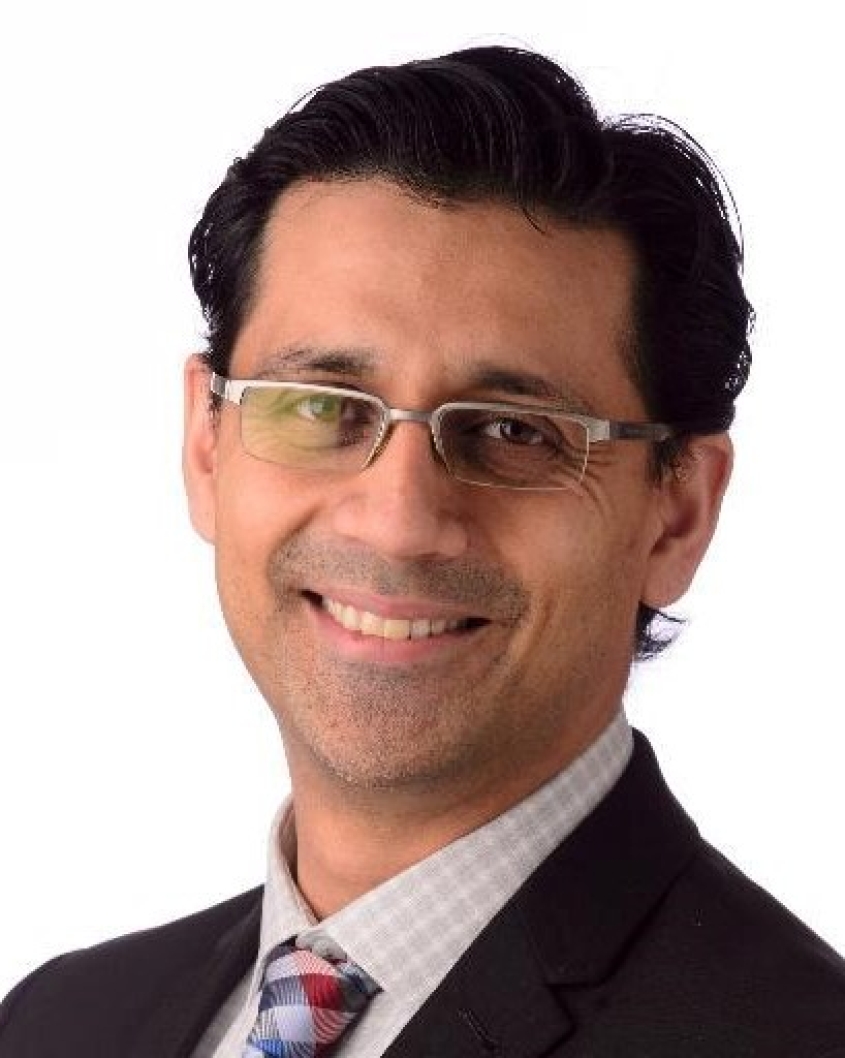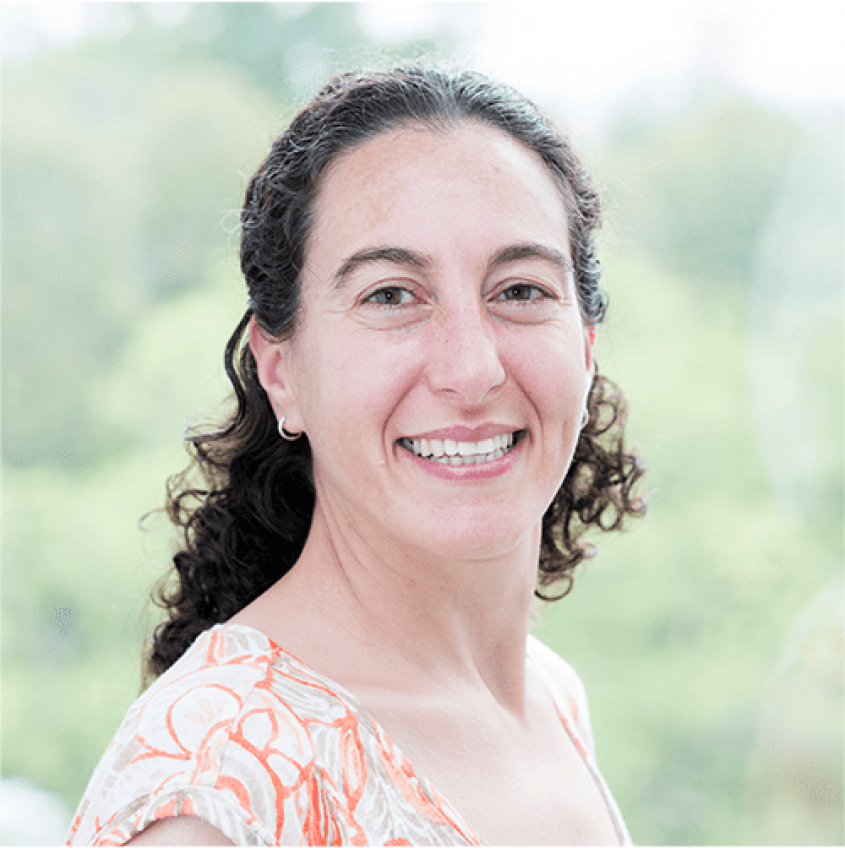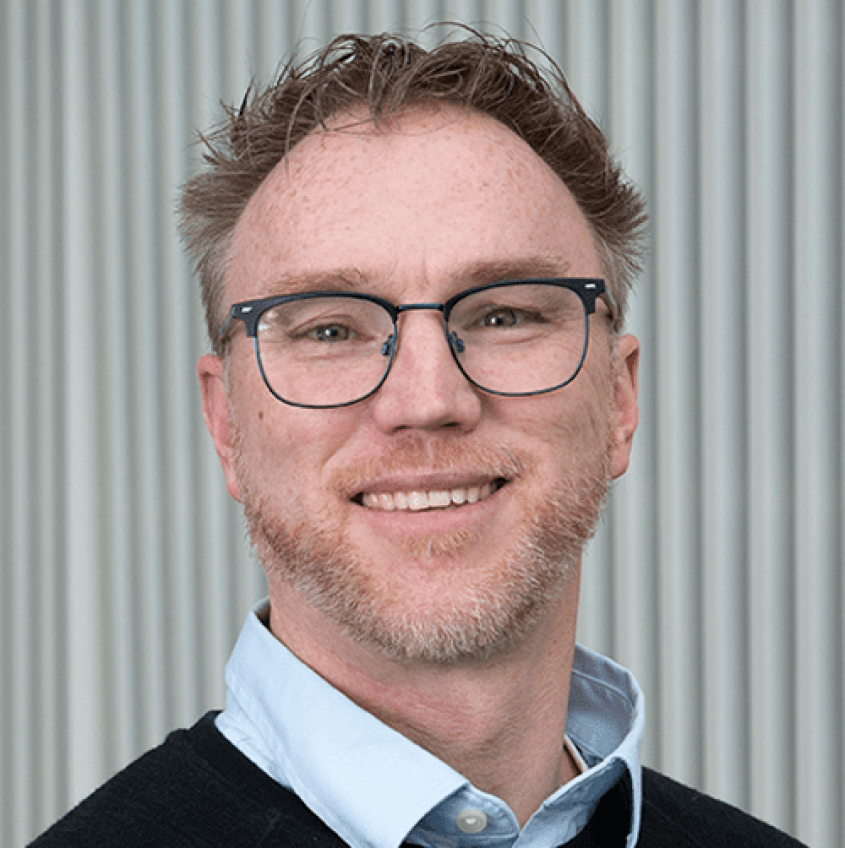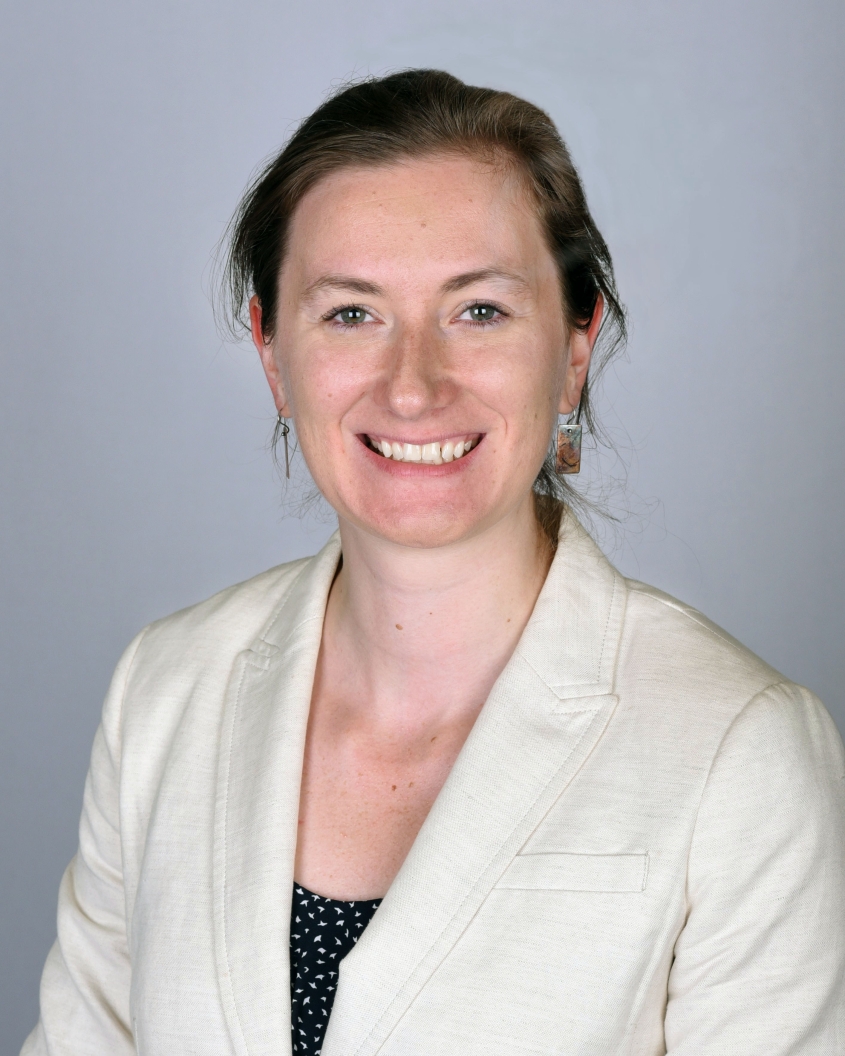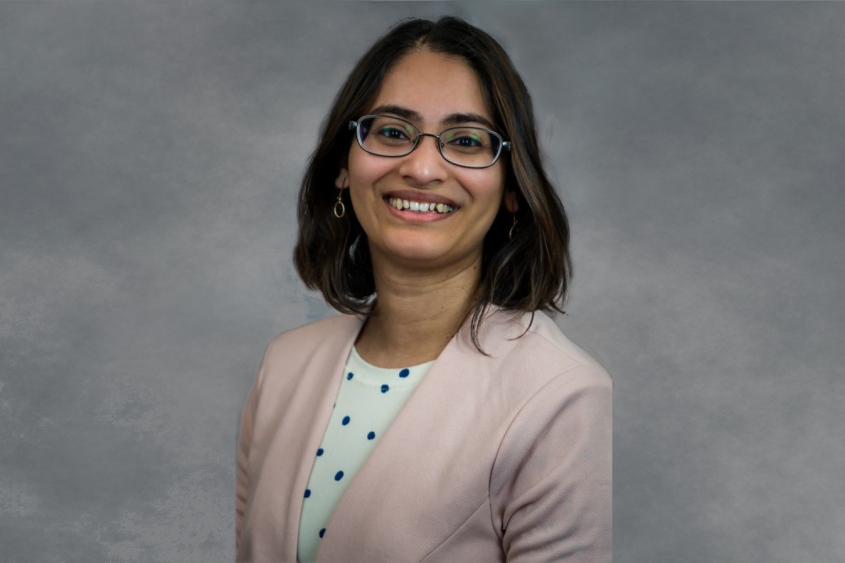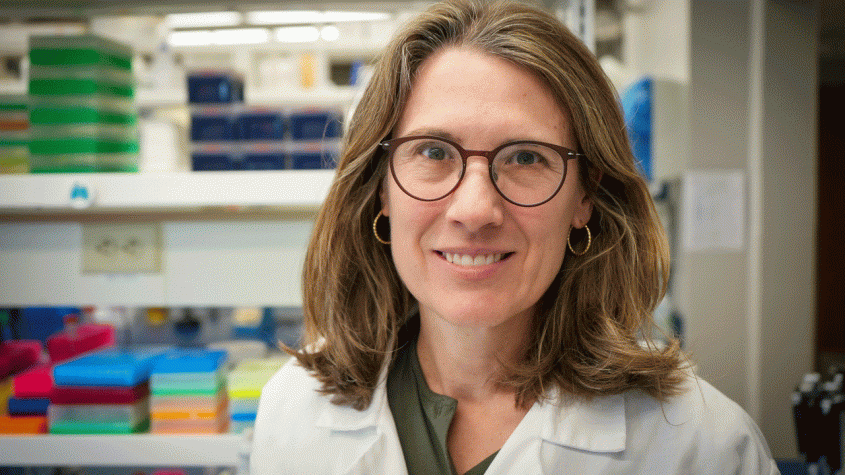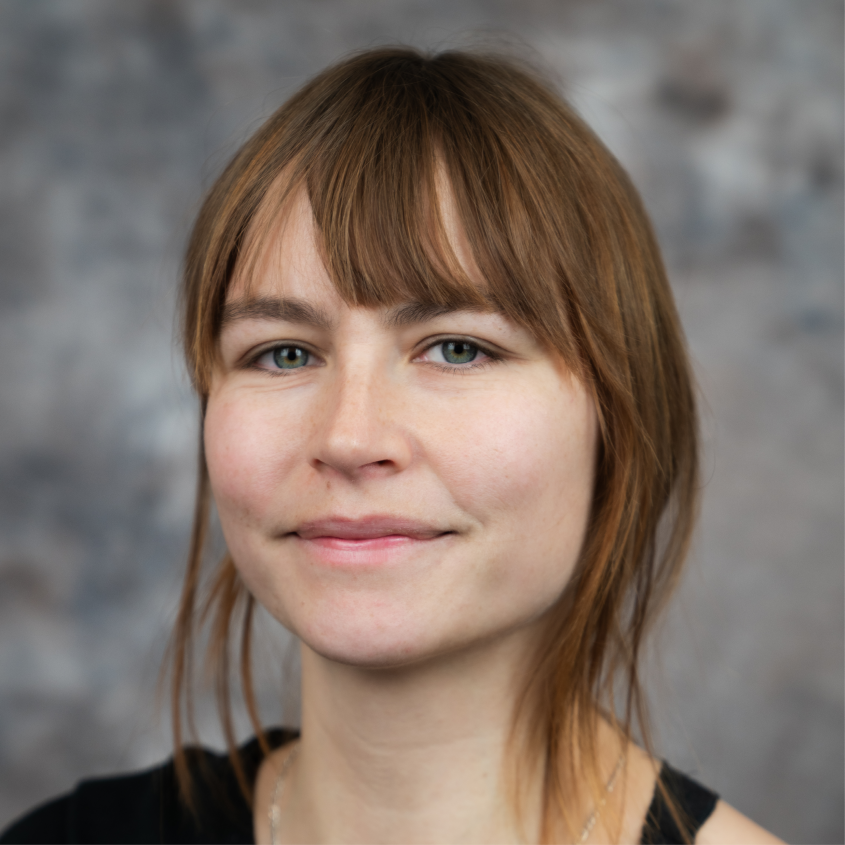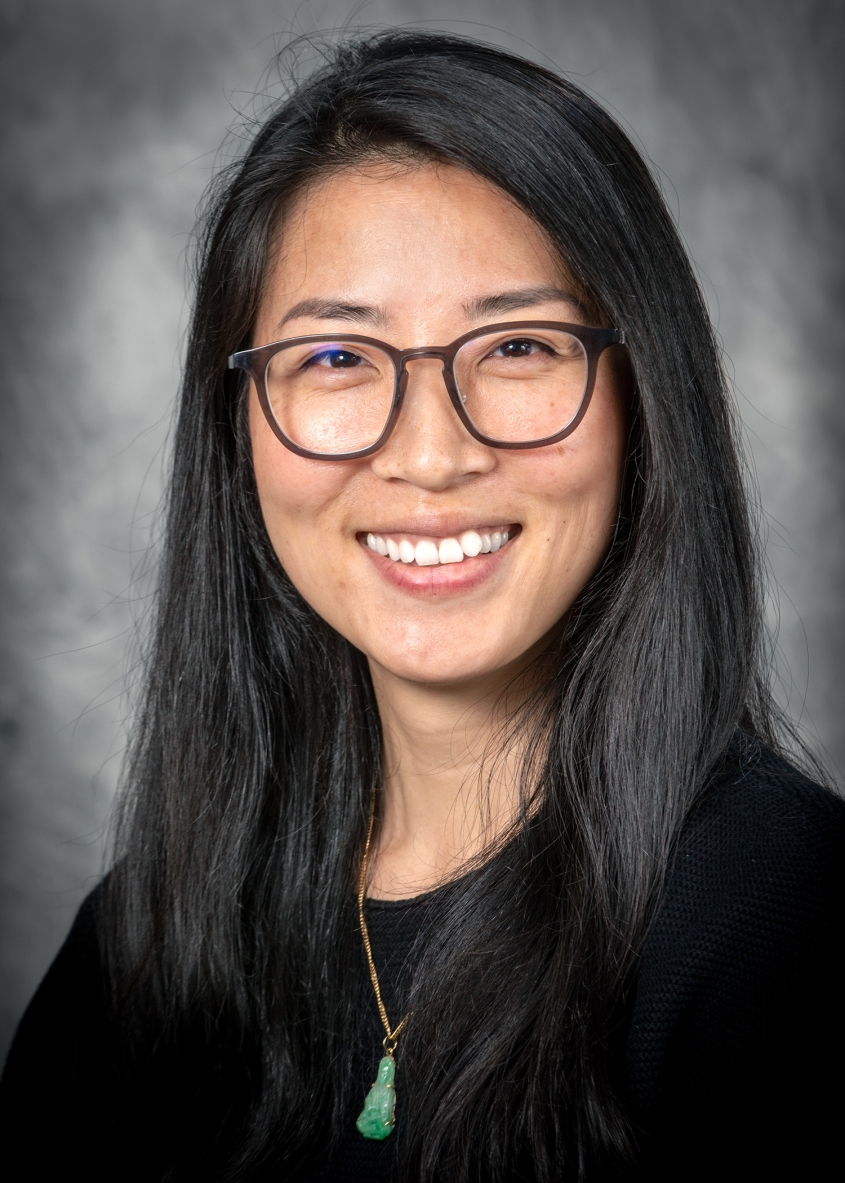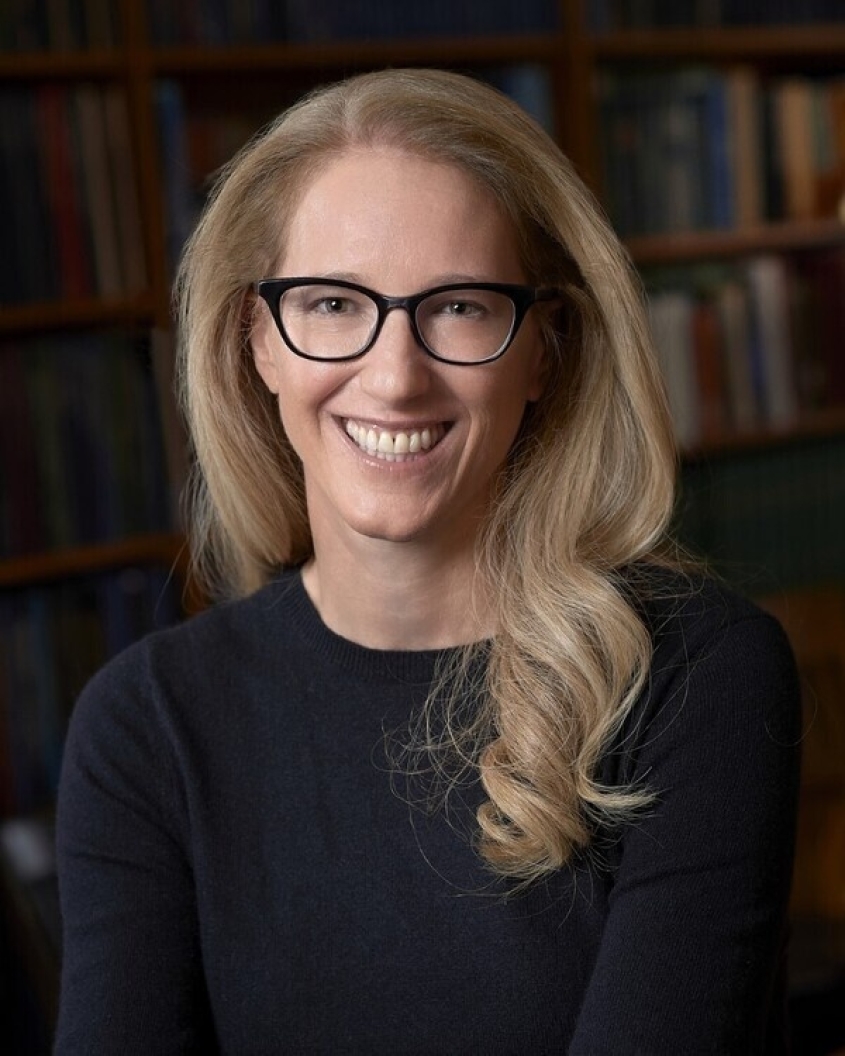| Faculty Photo | Faculty Member, Primary Department Affiliation | Research Interests |
|---|---|---|
| Carolyn Adler, Molecular Medicine | The Adler lab investigates stem cell biology in the context of regeneration and responses to radiation stress. We study the abundant stem cells that drive limitless regeneration in planarian flatworms. We use molecular, transcriptomic, and imaging approaches to evaluate stem cell behaviors. | |
| Avery August, Microbiology & Immunology | Immunity/host; regulation of T-cell activation, development and function; T-cell differentiation; mast cell function and eosinophil function | |
| Parminder Basran, Clinical Sciences | My lab has 3 main areas of focus in Veterinary Medicine: Radiation Dosimetry and Treatment Planning; Medical Image Processing and Analysis; and Medical Physics Training and Education. I have keen interests in machine learning methods in radiation oncology, radiomics, and stereotactic ablative radiation therapies and hypo-fractionation. | |
| Ilana Brito, Biomedical Engineering | Pioneering experimental and computational methods to explore host-microbiome interactions as it pertains to autoimmune disease and cancer, specifically with respect to direct protein-mediated interactions; Probing host-microbiome systems to understand the triggers of horizontal gene transfer and antibiotic resistance. | |
| Jonathan Butcher, Biomedical Engineering | Mechanobiology of development; developmental signaling reactivation in adult cardiovascular diseases; tissue engineering and regeneration | |
| Casey Cazer, Clinical Sciences | My research interests are broadly in the epidemiology of zoonotic diseases, evidence-based medicine, and One-Health. Recently, I have been developing methods to improve antimicrobial resistance surveillance and track multidrug resistance. I use classical statistical methods, mathematical modeling, and machine learning to answer research questions. | |
| Marta Castelhano, Clinical Sciences | Biospecimen science and quality impact on biomedical research. Mapping the genes that cause or contribute to inherited diseases and traits in domestic animals. | |
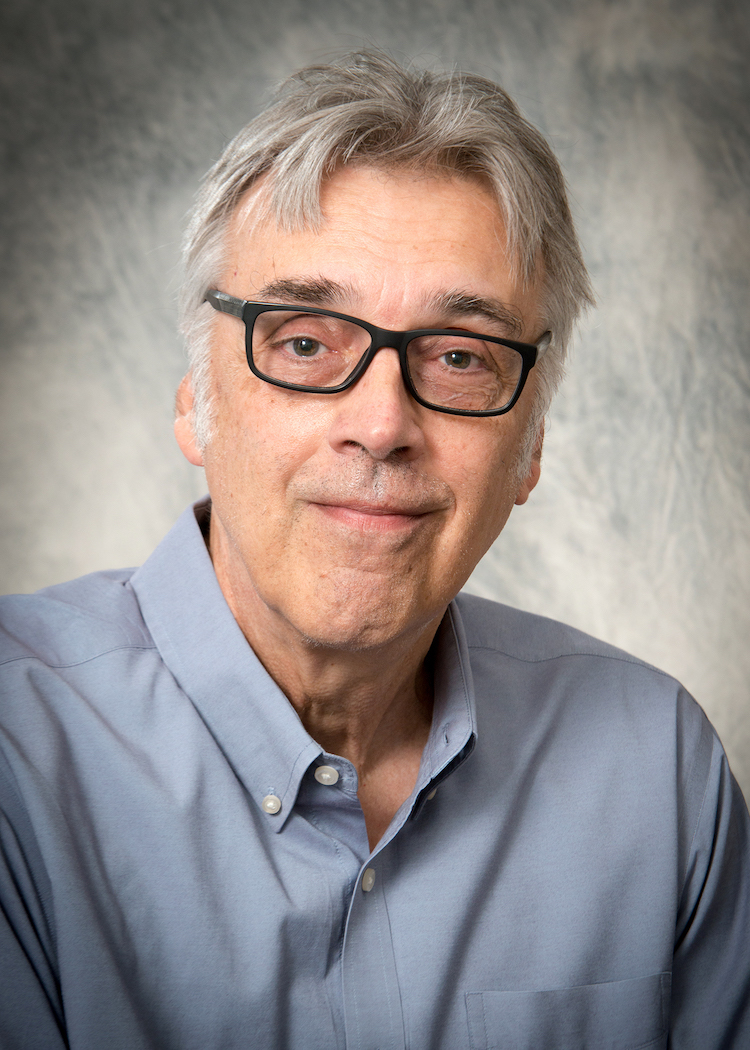 | Richard Cerione, Molecular Medicine | Signal transduction growth factor receptors; protein structure; drug design and chemical biology; signaling cues that direct cell proliferation, differentiation and development |
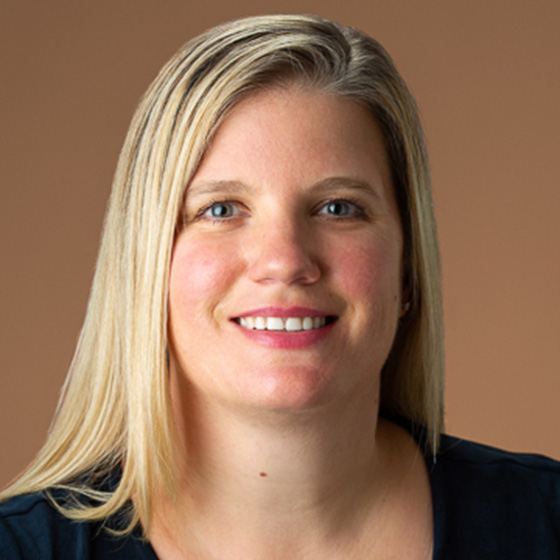 | Susan Daniel, Chemical and Biomolecular Engineering | Dr. Daniel leads a research group of biomolecular engineers working to understand cell membrane functions and the biological processes that happen within them. Her group pioneered the use of “cell-free” biomembrane platforms for re-creating cellular processes on chip. Much of the work they do has impact in human health or advancing biotechnologies for the good of humankind. |
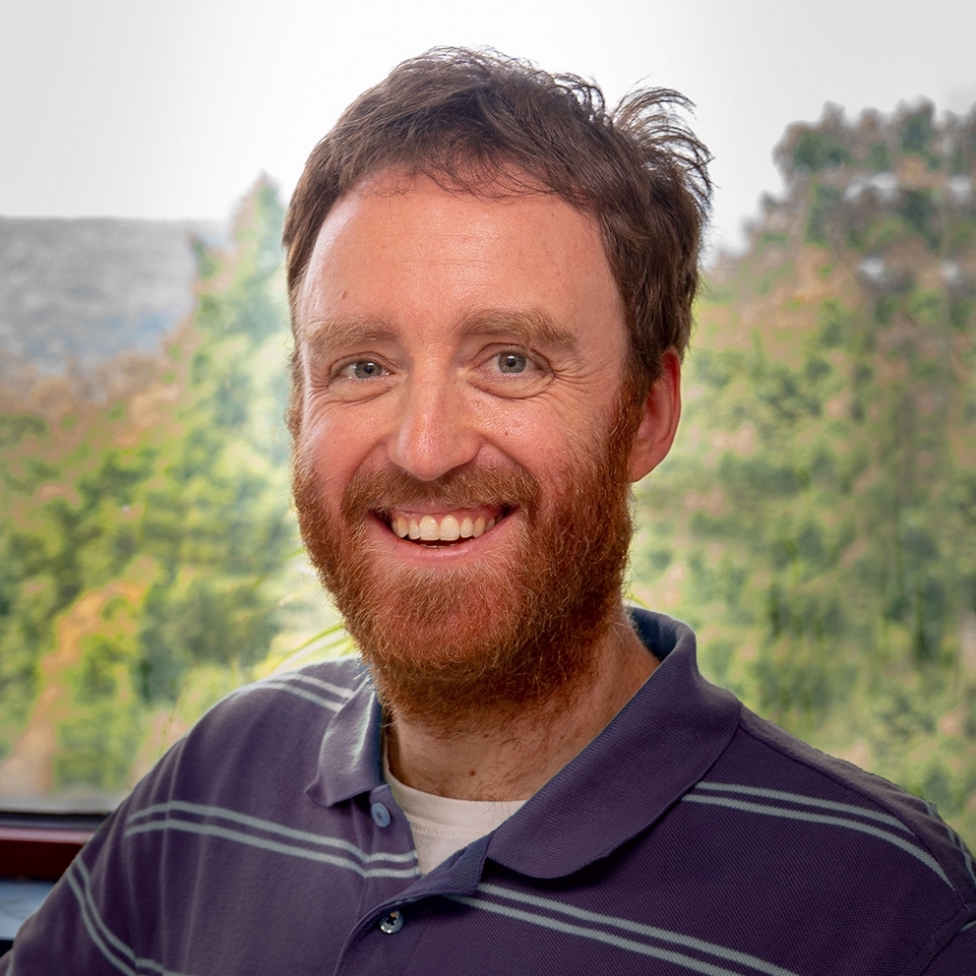 | Charles Danko, Biomedical Sciences | Medical genetics and genomics and cancer biology research. How do cells read and interpret DNA to regulate life? Understanding how evolution determines human and animal differences and how cancer cells use genes differently. |
| Arunika Das, Biomedical Sciences | The Das lab explores genetic and epigenetic mechanisms of chromosome inheritance and aging during meiosis and early development. Specifically, the lab aims to define how the centromere, an epigenetic mark that controls chromosome segregation, is inherited through unique challenges presented by reproduction and embryogenesis. By integrating evolutionary cell biology and genetics, microscopy, comparative reproductive biology, and biochemistry the Das lab addresses open fundamental questions in chromatin biology and reproductive epigenetics. The lab uses diverse model systems such as mouse and fly to obtain a holistic understanding of how genome stability is achieved through aging in female gametes, and epigenetic reprogramming in embryogenesis. | |
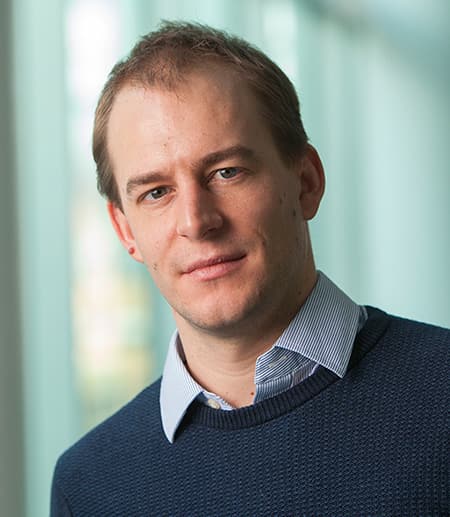 | Iwijn De Vlaminck, Biomedical Engineering | The mission of the De Vlaminck lab is to develop precision medicine technologies, including liquid biopsy and spatial transcriptomics technologies, to study and diagnose infectious, immune and microbiome-associated disease. Our research brings approaches from engineering, biophysics, and computational biology to genomics and medicine. |
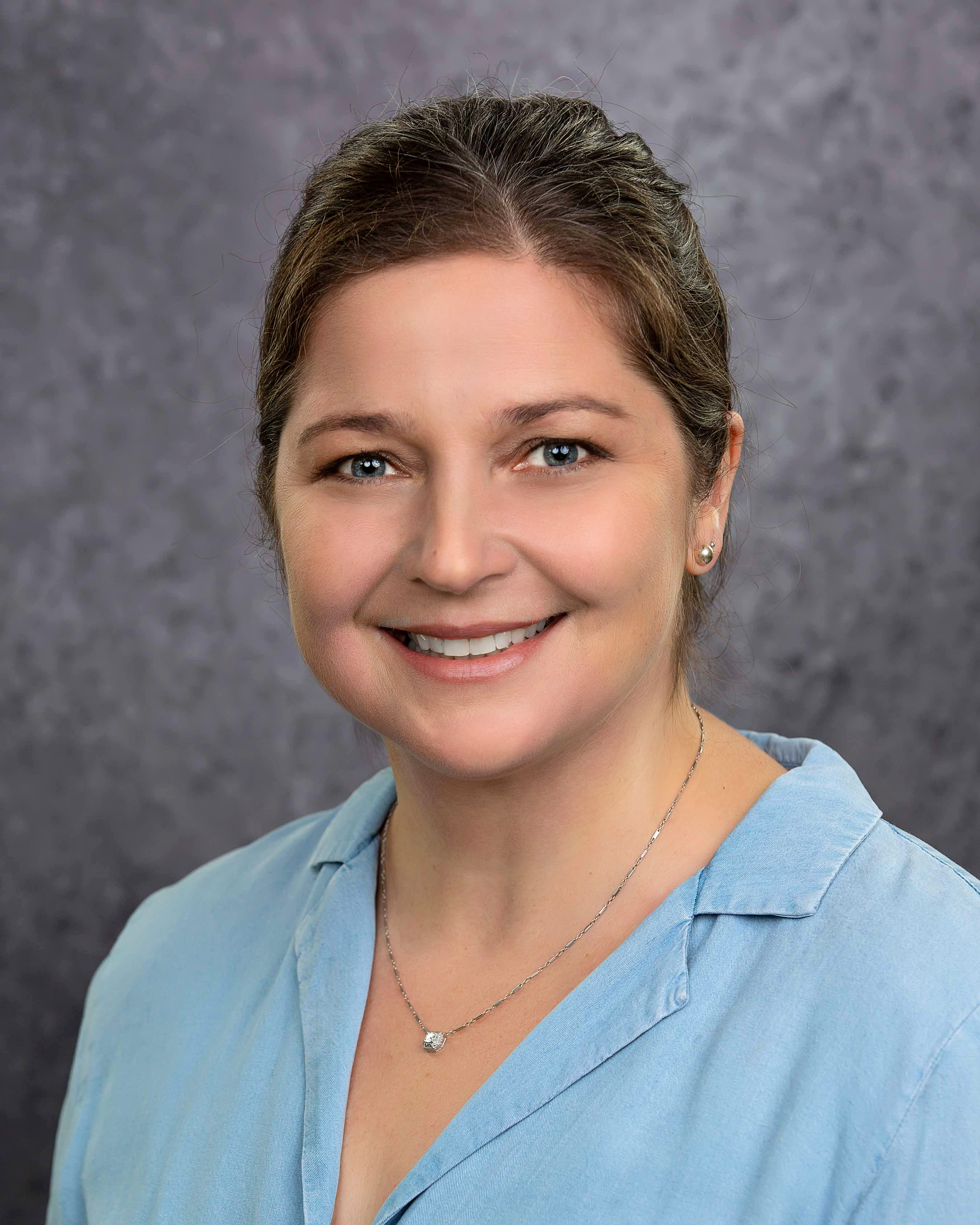 | Michelle Delco, Clinical Sciences | Dr. Delco's research aims to understand how joint injury leads to arthritis in horses and humans. Specifically, she is investigating mitochondria, the energy-producing centers of the cell, as a link between cartilage trauma and osteoarthritis. The goal of her research is to develop new strategies to improve healing and prevent irreversigle joint disease and chronic pain in equine and human athlete who suffer orthopedic injuries. |
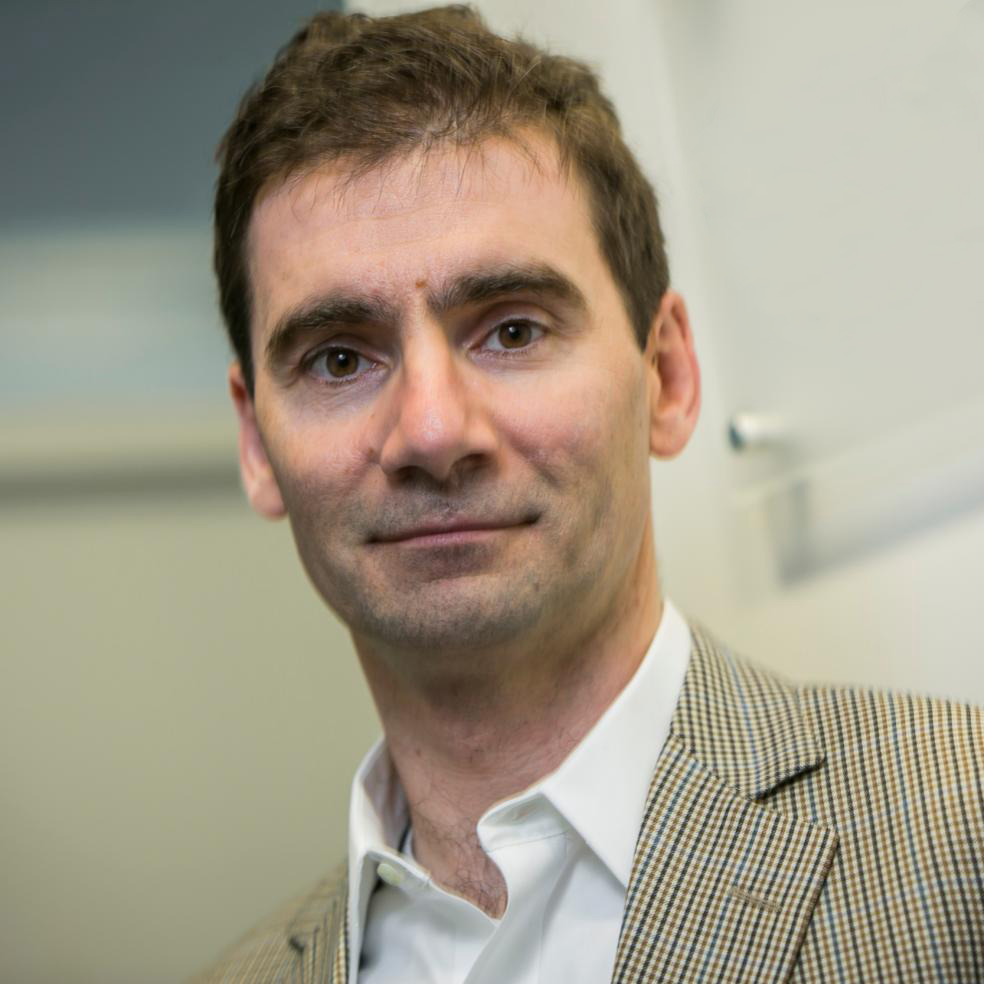 | Matthew DeLisa, Chemical and Biomolecular Engineering | The DeLisa laboratory is working to address this need by bridging fundamental biological and chemical concepts with new tools for interrogating and manipulating biological machinery directly in living cells. A major goal of the DeLisa group is to engineer the protein machinery of simple bacteria for solving complex problems in biology and medicine. They focus on the molecular machines of protein biosynthesis as both a target for understanding and reprogramming cellular function and as a toolbox for the creation of therapeutically and industrially relevant molecules. |
| Mandi de Mestre, Biomedical Sciences | My laboratory focuses on understanding the normal processes required to support a healthy pregnancy and delivery of a neonate programmed for lifelong health, as well as identifying the pathologies that compromise pregnancy, including those that are lethal. My wider goal is to support veterinarians to make evidence-based clinical decisions in reproductive medicine through improved diagnostics and treatments for pregnancy conditions, primarily in the mare, but also informing health strategies in humans and other veterinary species. | |
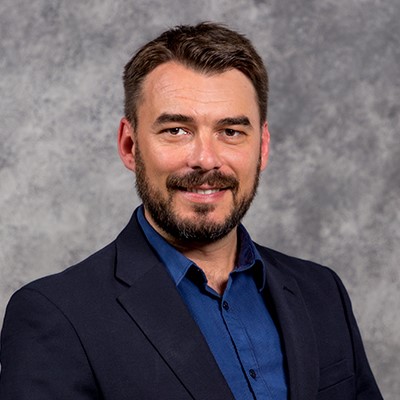 | Diego Diel, Population Medicine and Diagnostic Sciences | Dr. Diel’s research focuses on the molecular mechanisms underlying virus-host interactions, more specifically on the mechanisms underlying viral immune evasion that contribute to virus virulence and disease pathogenesis. His lab focuses on emerging viral diseases of animal and human health relevance and involves studies on disease pathogenesis, infection immunity, and the mechanisms underlying virus host range, and species susceptibility to infection. His goal in studying virus-host interactions is to translate the basic knowledge generated with this research into improved vaccines and/or vaccine vectors for disease prevention and control. |
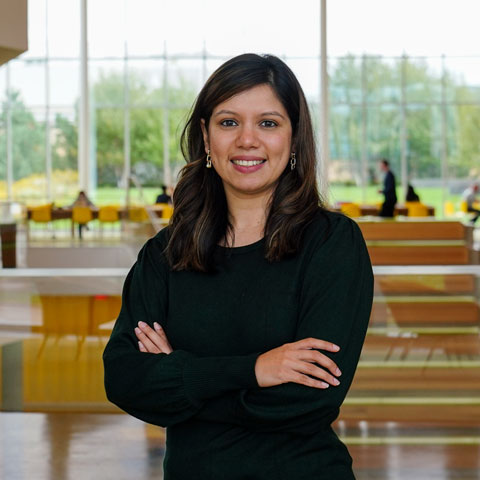 | Anushka Dongre, Biomedical Sciences | Epithelial-Mesenchymal Transition as a driver of resistance to anti-tumor immunity |
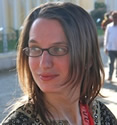 | Julia Finkelstein, Nutritional Science | To elucidate the role of iron, vitamin B12, and folate in the etiology of anemia and adverse pregnancy outcomes, and inform the development of interventions to improve the health of mothers and young children |
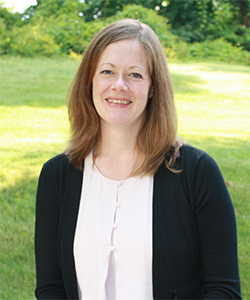 | Kathryn Fiorella, Public and Ecosystem Health | Planetary Health/One Health, fisheries, livelihoods, HIV/AIDS, nutrition, environmental change |
| Deborah Fowell, Microbiology & Immunology | Spatiotemporal regulation of T cell immunity at tissues sites of infection and inflammation. | |
| Amandine Gamble, Public & Ecosystem Health | I investigate what drives hosts’ contributions to pathogen dynamics across biological scales, from host-pathogen molecular interactions to host species interactions. To do so, I combine theoretical, observational, and experimental approaches, and consider various study systems in the lab and in the field, including emerging bat-borne viruses and their hosts, and bacterial pathogens of endangered seabirds. I collaborate with stakeholders to translate scientific outputs into sustainable, targeted solutions against pathogen threats, with the focus on ecological interventions. | |
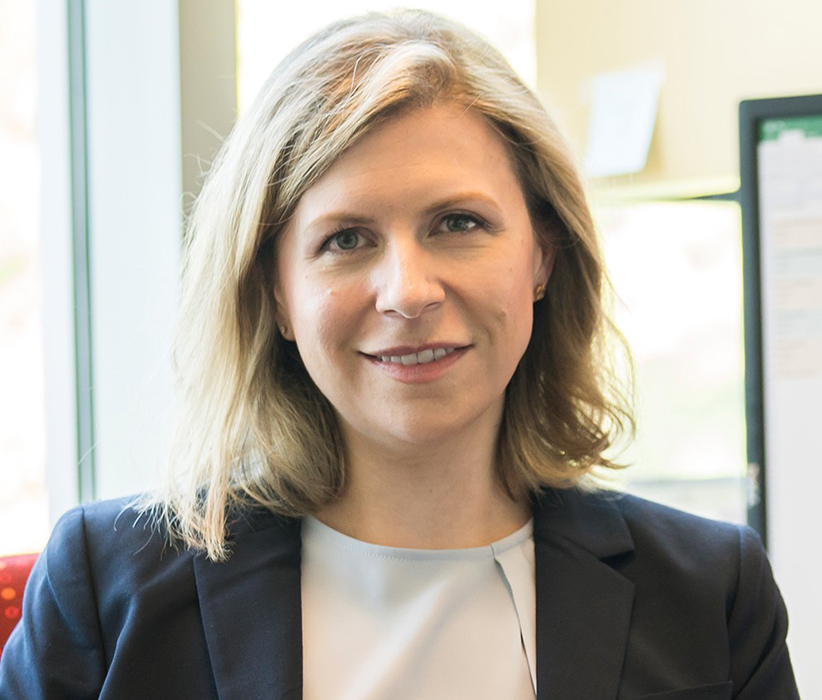 | Laura Goodman, Public & Ecosystem Health | Population and clinical studies; Pathogen discovery and surveillance, with focus areas on tick-borne disease and antimicrobial resistance; exploring the underlying mechanisms of infectious disease emergence and identifying biomarkers to detect and prevent emerging threats to humans and animals |
 | Fenghua Hu, Molecular Biology & Genetics | The Hu lab is interested in investigating molecular and cellular mechanisms of neurodegeneration, particularly how the misregulation of lysosomal activities affects the function of neurons and glial cells in frontotemporal dementia, amyotrophic lateral sclerosis, and Alzheimer’s disease. We hope that our studies will not only enhance our understanding of how our brain functions, but also provide insight into developing novel therapeutics to treat neurodegenerative diseases. |
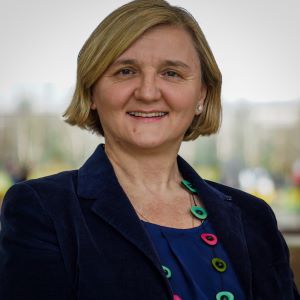 | Renata Ivanek, Population Medicine and Diagnostic Sciences | Epidemiology and ecology of infectious and foodborne diseases; mathematical modeling; spatial epidemiology; risk assessment; public health |
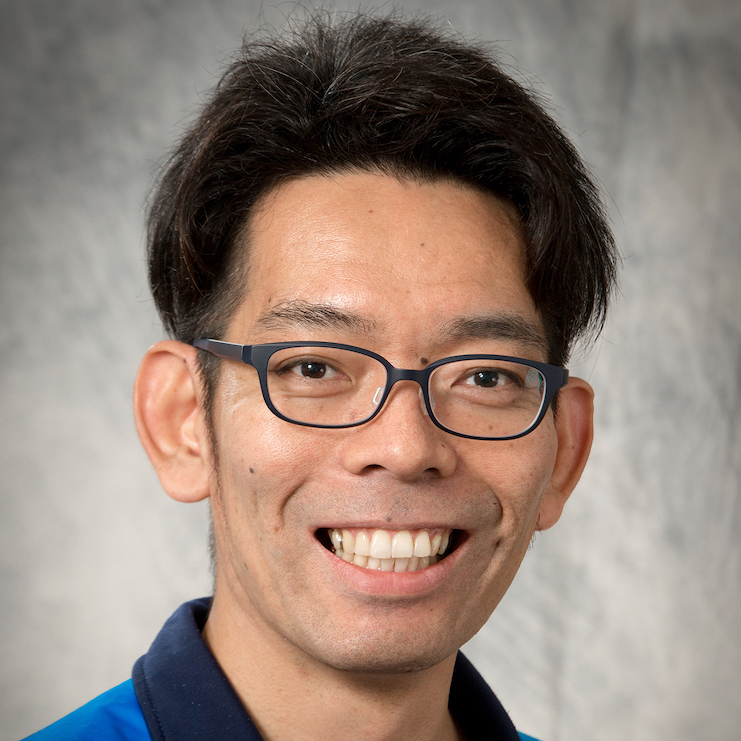 | Toshi Kawate, Molecular Medicine | Extracellular signaling plays a central role in cell-to-cell communication for all multicellular organisms, orchestrating various life processes from body formation to brain function. This diverse and important signaling is exquisitely controlled by a variety of membrane proteins. We investigate how these dynamic and fine-tuned proteins are built, how they release/receive signals, and how they integrate and convey these signals across the cell membrane. |
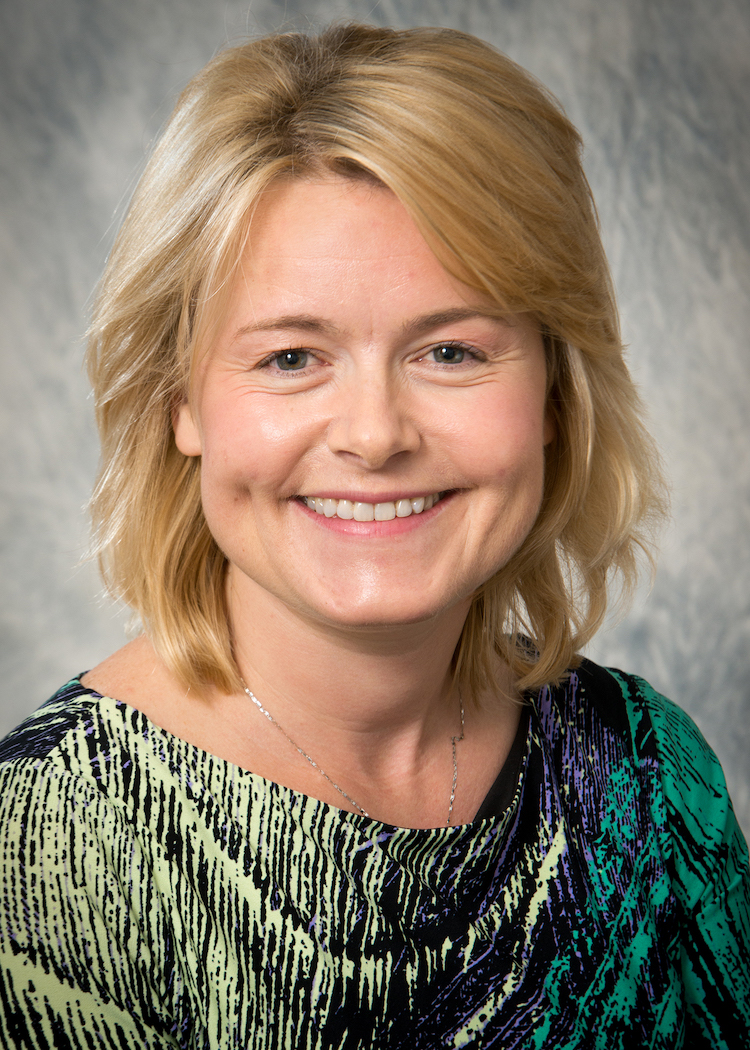 | Natasza Kurpios, Molecular Medicine | Keeping your organs in shape: Transcriptional and cellular control of tissue morphogenesis. Organ shape acquisition requires intricate coordination of the morphogenetic repertoire during which tissues are bent, pulled, and moved. One striking example is the formation of the digestive system where complex looping and bending events shape the gut tube as it elongates. Our laboratory takes advantage of the chicken embryo as a classical embryological model to understand the molecular and cellular events that direct the formation of tissues and organs during vertebrate embryogenesis. Specifically, we seek to learn how information received from cell signaling is integrated to ultimately determine distinct cellular behaviors and cell shape during development. |
| Colleen Lau, Microbiology & Immunology | Immune memory occurs when the immune system remembers previous encounters with pathogens, aberrant cells, or self-antigens to produce a more rapid or robust secondary response upon re-encounter. It stands as the cornerstone of vaccine development and many cellular immunotherapies, and is largely believed to be an exclusive capability of conventional T and B cells. The natural killer (NK) cell, a cytotoxic innate lymphocyte, has challenged these dogmas. Our research aims to leverage the unique ability of NK cells to acquire adaptive features in order to explore immune memory in the context of classic antigen-dependent and more unconventional antigen-independent memory responses. | |
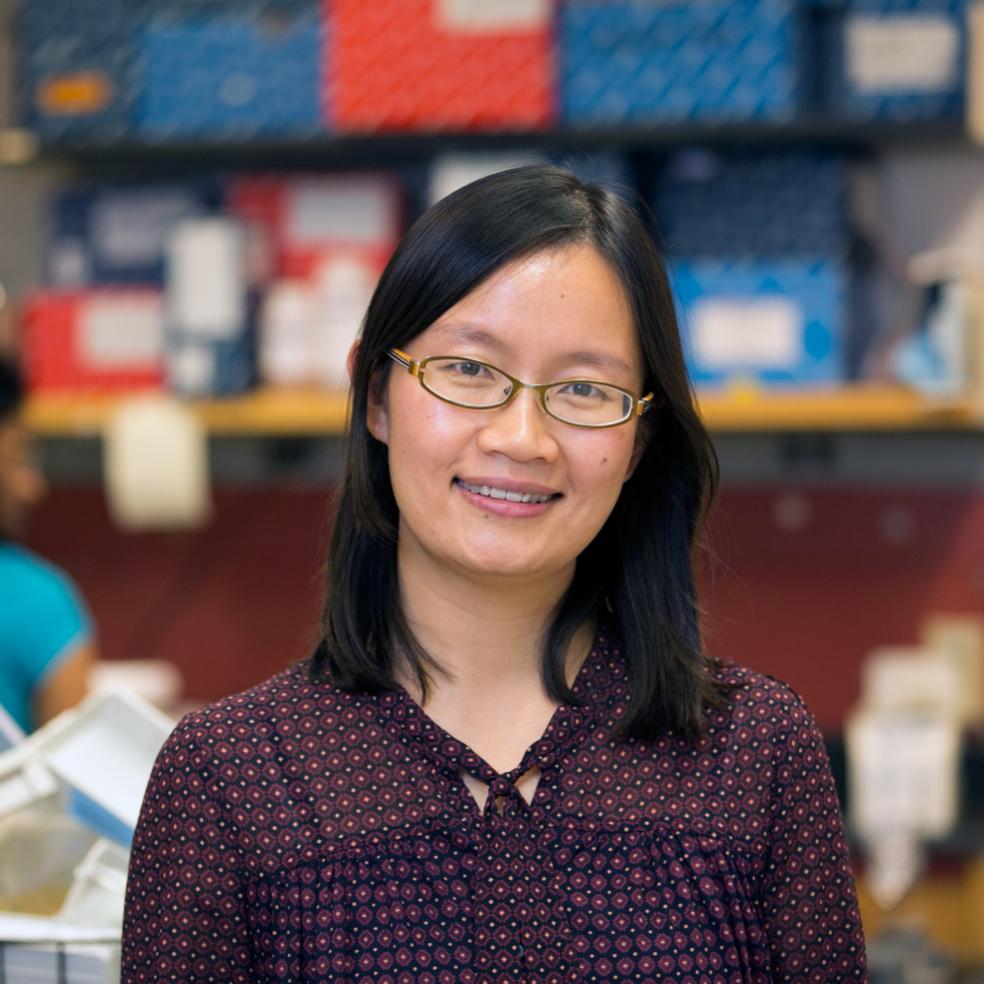 | Siu Sylvia Lee, Molecular Biology & Genetics | Molecular genetic and genomic dissections of aging and age-dependent degenerations; roles of major transcriptional and chromatin regulators; germline stem cells; and mitochondrial signaling in longevity and neurodegeneration of Caenorhabditis elegans |
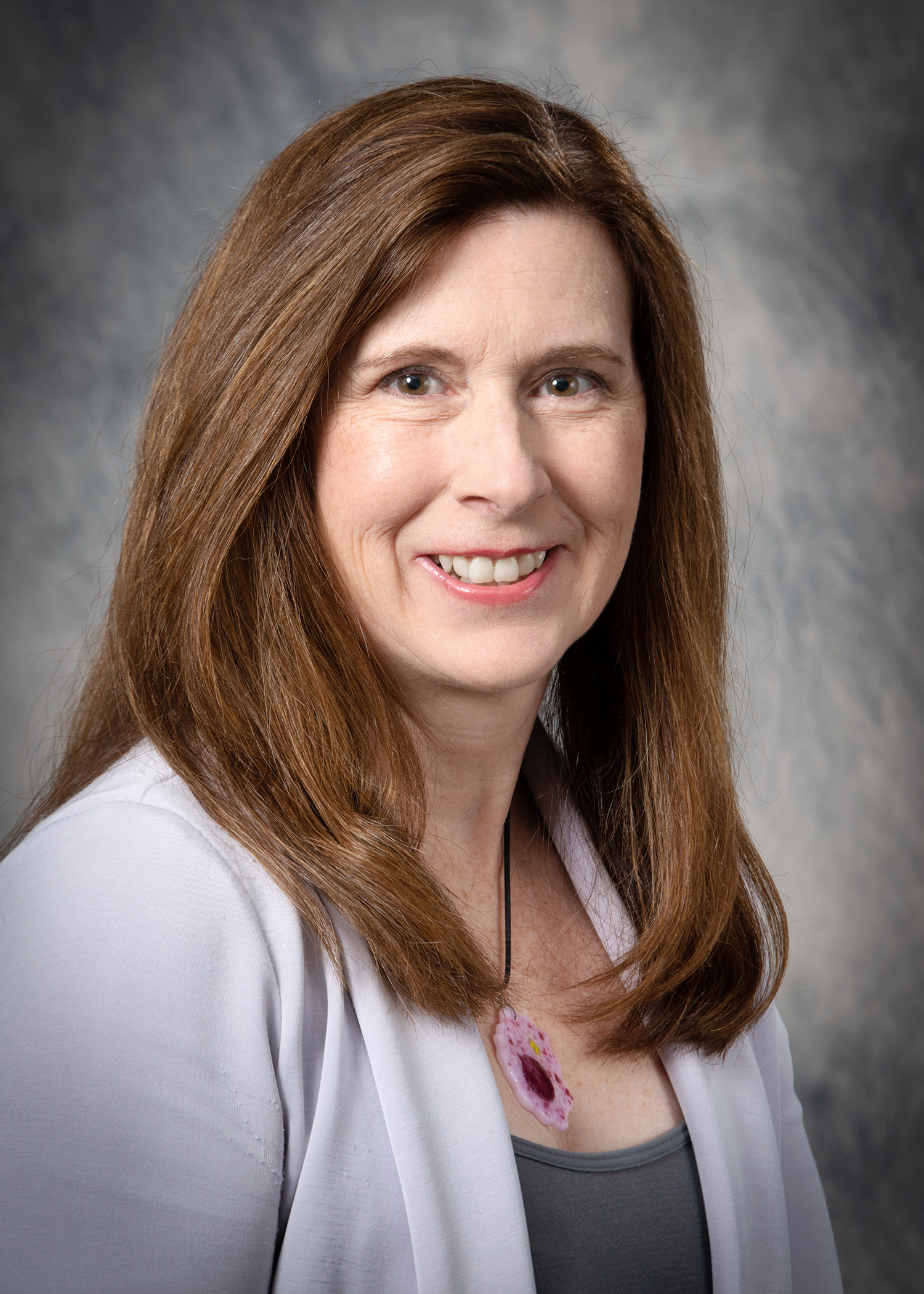 | Cynthia Leifer, Microbiology & Immunology | The Leifer lab studies innate immune responses and novel immunotherapies. We have projects to investigate innate immune receptor signaling in host defense and autoimmunity as well as projects on developing chimeric antigen receptors for feline diseases. For more information go to our website leiferlab.com |
| Sabine Mann, Population Medicine and Diagnostic Sciences | The research focus of the Mann lab is on the intersection of metabolism, nutrition, and immunology, particularly in relation to disease epidemiology and nutritional strategies and interventions to improve host resilience in newborn calves and postpartum cows. The lab applies a breadth of methods from bench top work to field trials. | |
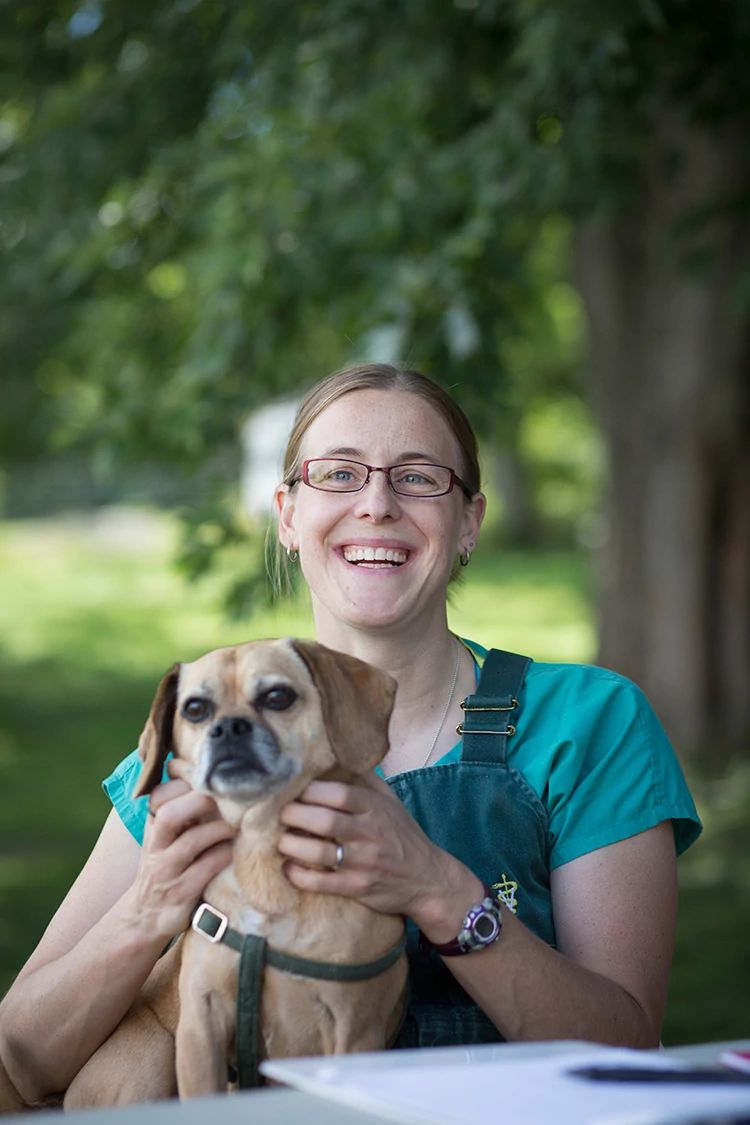 | Jessica McArt, Population Medicine and Diagnostic Sciences | The McArt Dairy Cow Lab focuses on the identification, epidemiology, and economics of periparturient diseases in dairy cows. As such, we investigate potential on-farm methods, such as Fourier-transform infrared spectroscopy, that estimate energy-related metabolites, macromineral concentrations, and important biological markers to improve detection and treatment of early lactation disorders. Understanding the epidemiology of physiological dynamics during this early lactation period is an important antecedent in determining management factors and preventative measures that improve the welfare and success of high-functioning dairy cows. |
| Raina Plowright, Public & Ecosystem Health | Dr. Raina Plowright’s research program develops the science of pandemic prevention through transdisciplinary leadership, innovation, and translation. Her work advances a One Health approach by bridging the best available science in disease dynamics with effective public health practice and meaningful policy. Her systematic and interdisciplinary approach focuses on four areas of inquiry: Transmission of pathogens between species, Links between land-use change and pathogen spillover, Dynamics and drivers of viral pathogens in reservoir host populations, and Implementation of science for the protection of ecosystem and human health. | |
| Brian Rudd, Microbiology & Immunology | Towards a better understanding of the development and function of the adaptive immune system | |
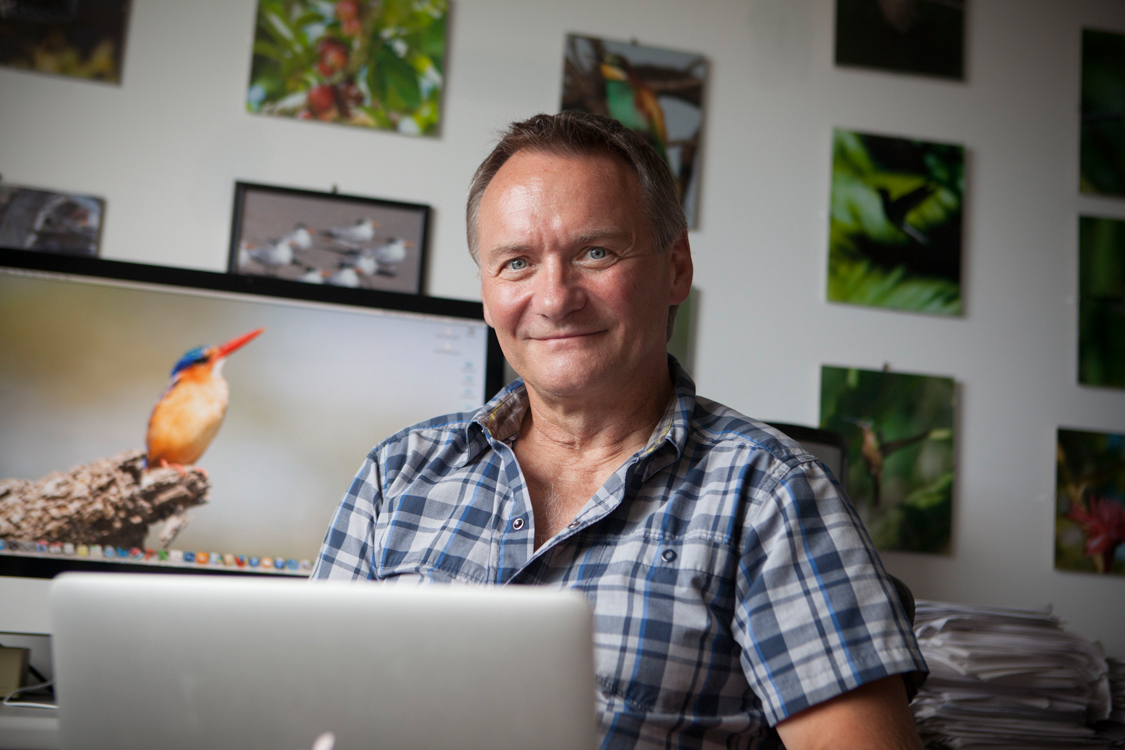 | David Russell, Microbiology & Immunology | Dr. Russell’s laboratory’s research focuses on the interplay between the macrophage and the intracellular pathogens Mycobacterium tuberculosis (Mtb) and Human Immunodeficiency Virus (HIV). |
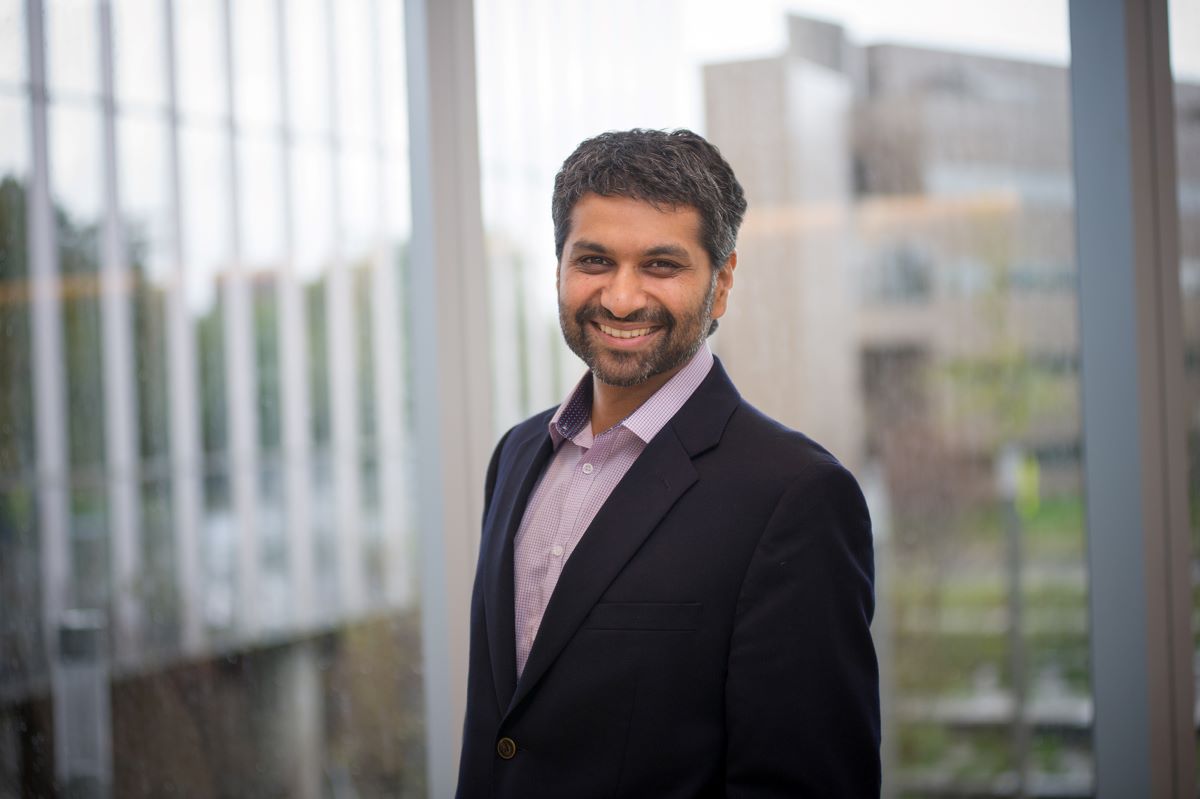 | Praveen Sethupathy, Biomedical Sciences | Functional genomics; gene regulation; molecular genetics; gastrointestinal physiology; stem cell biology; metabolic disease |
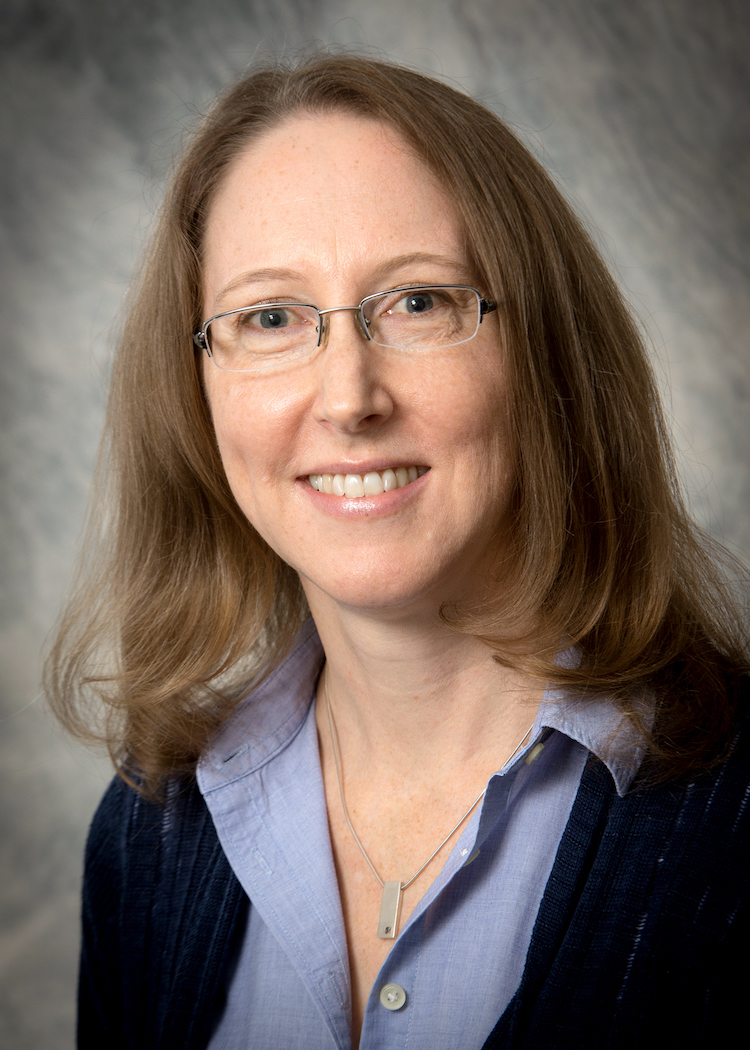 | Carolyn Sevier, Molecular Medicine | Research in the Sevier lab focuses on characterization of the signaling pathways that sense and respond to cellular redox imbalances to alleviate oxidative stress. Specifically, research efforts focus on how the cell maintains a redox environment in the endoplasmic reticulum (ER) lumen appropriate for oxidative protein folding. We study the molecular mechanisms regulating cellular oxidative folding and stress pathways using a combination of molecular, genetic, and biochemical techniques. Normal cell function relies on an ability of the ER to efficiently fold proteins |
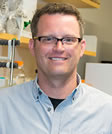 | Brian VanderVen, Microbiology & Immunology | M. tuberculosis causes human tuberculosis and is responsible for approximately one-million deaths each year. Partly why M. tuberculosis is such a successful pathogen is that this bacterium can survive inside macrophages, an immune cell that kills most other bacteria. Additionally, M. tuberculosis infections typically persist in human beings for decades in the face of a functional immune response. |
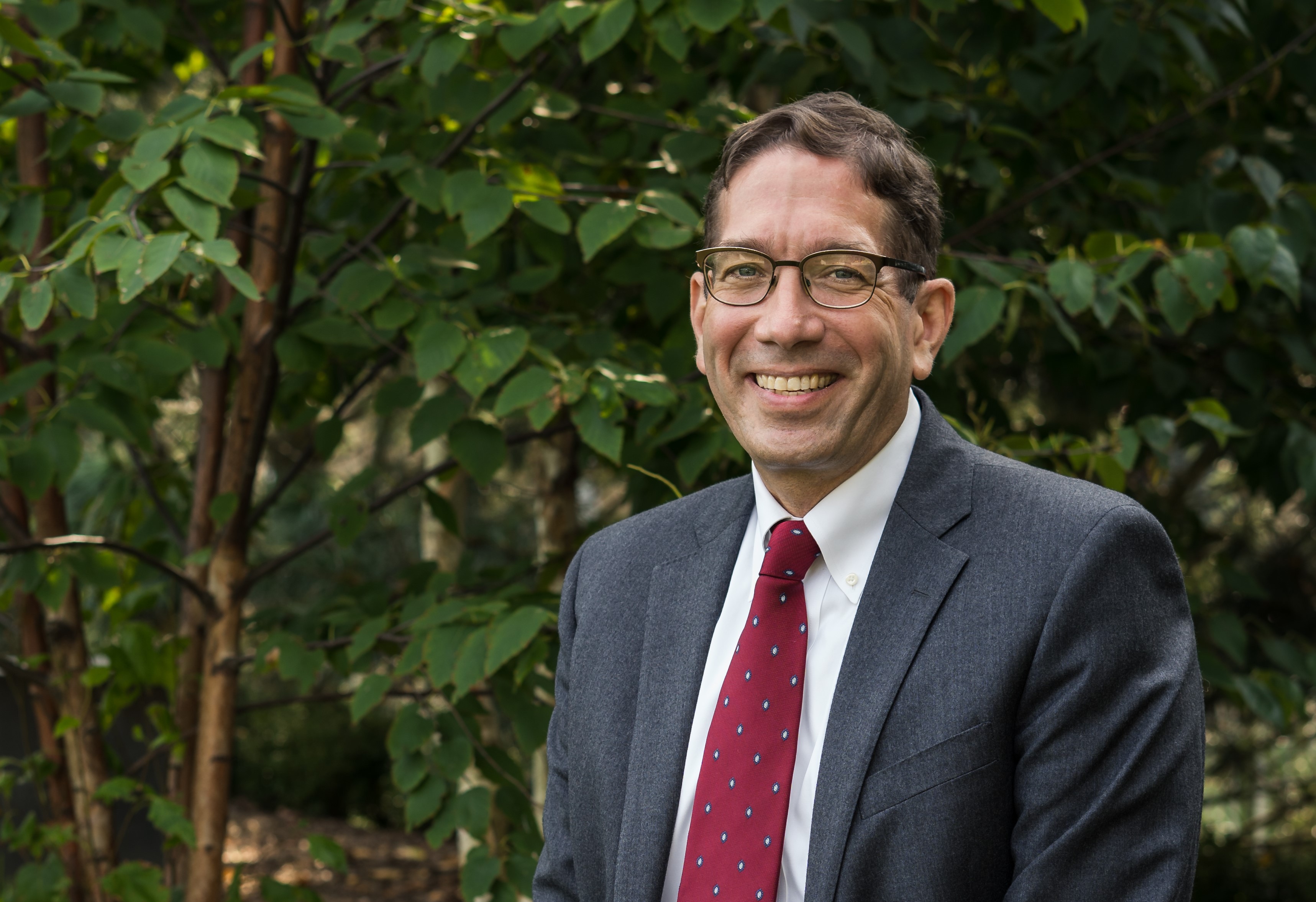 | Robert Weiss, Biomedical Sciences | Molecular mechanisms for the maintenance of genomic stability; cellular responses to DNA damage; mouse models of human cancer |
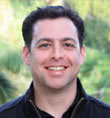 | Andrew White, Biomedical Sciences | Our lab 1) studies cancer biology with the aim to prevent or delay the onset of targeted therapy resistance in melanoma using synergistic immunotherapies, 2) seeks to improve the outcomes of phototherapy for vitiligo patients using regenerative medicine approaches with melanocyte stem cells, and 3) understand the early stages of melanoma initiation in order to devise novel prevention strategies. |
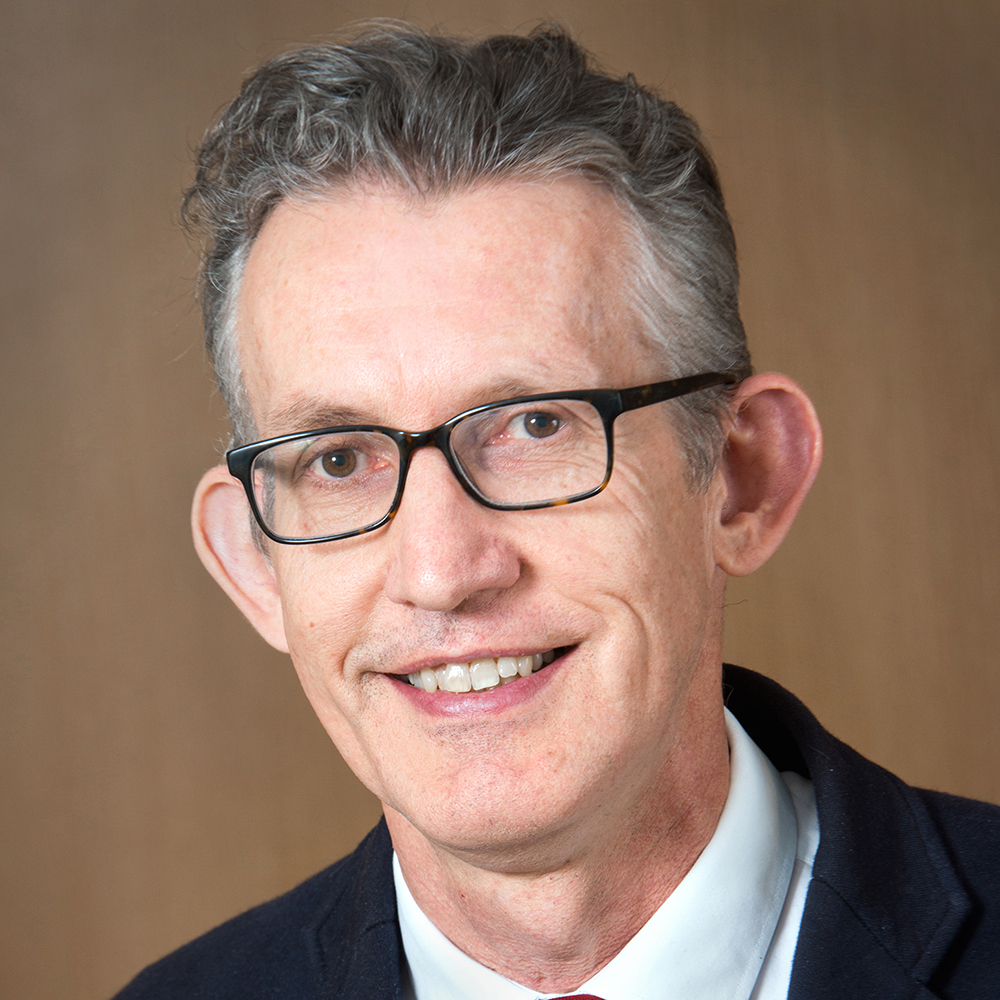 | Gary Whittaker, Microbiology & Immunology | Dr. Gary Whittaker is a cell biologist and virologist studying viral entry and pathogenesis with a focus on human and animal coronaviruses (SARS-CoV, MERS-CoV, feline coronaviruses including FIP). The lab specializes in proteolytic cleavage activation as well as viral genomics and evolution. In addition to basic research, the lab is involved in clinical studies, novel vaccine design, and diagnostic test development. |
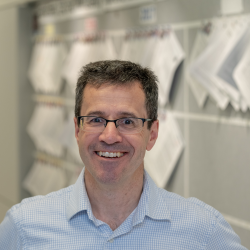 | Martin Wiedmann, Food Science | My group focuses on the ecology, evolution, pathogenesis, and transmission of zoonotic and foodborne pathogens with a particular interest in Listeria monocytogenes, Salmonella, as well as antimicrobial resistant pathogens in general. I also have a specific research interest in niche adaptation and evolution of host specificity of bacterial pathogens and application of whole genome sequencing (WGS) to study the transmission, evolution, ecology and epidemiology of different zoonotic and foodborne pathogens. \A common connecting theme of our research efforts is the development of an improved understanding of zoonotic and foodborne pathogen transmission and application of this knowledge to reduce disease transmission. |
 | Mariana Wolfner, Molecular Biology & Genetics | Genetic, molecular, developmental, and evolutionary studies of seminal proteins' functions in fertility, and of mechanisms of egg activation and initiation of embryogenesis; investigate conserved phenomena in reproductive biology, using primarily the Drosophila model system |



